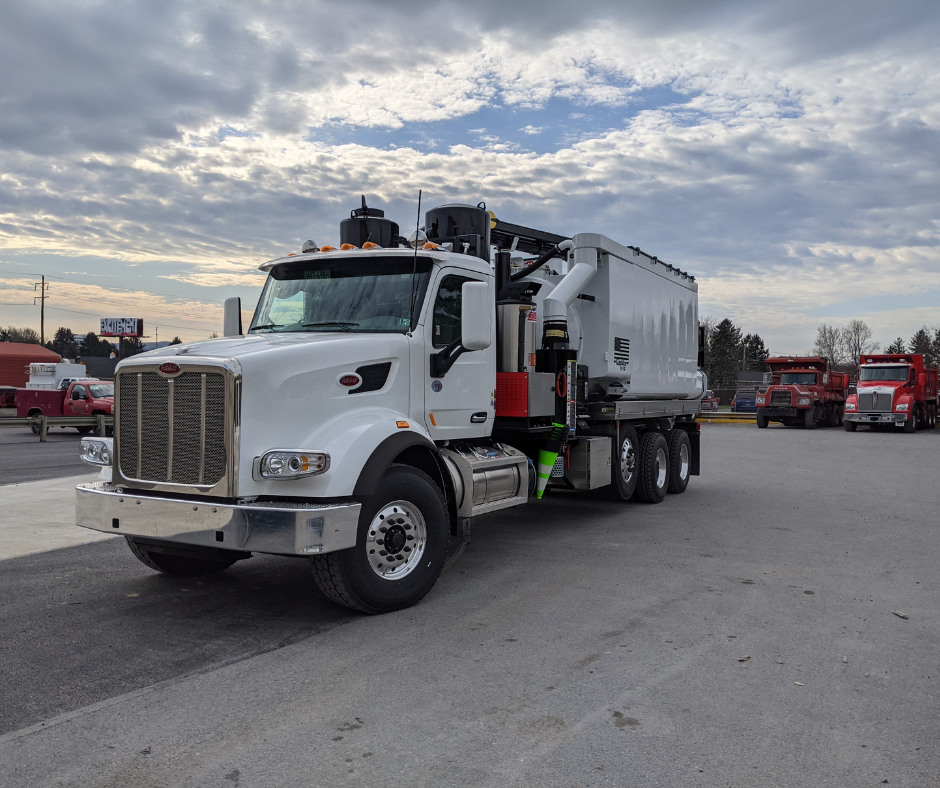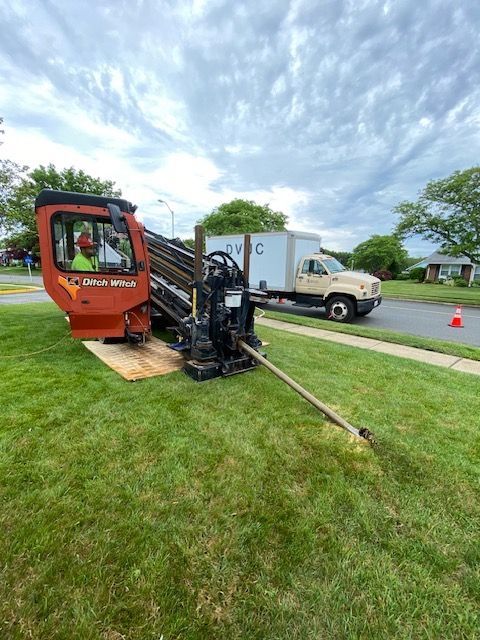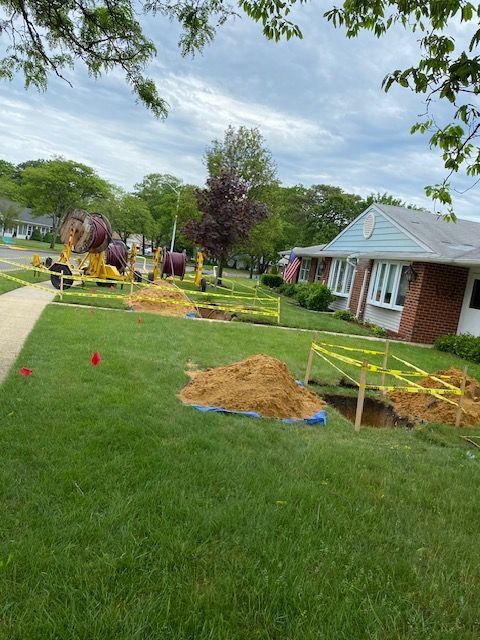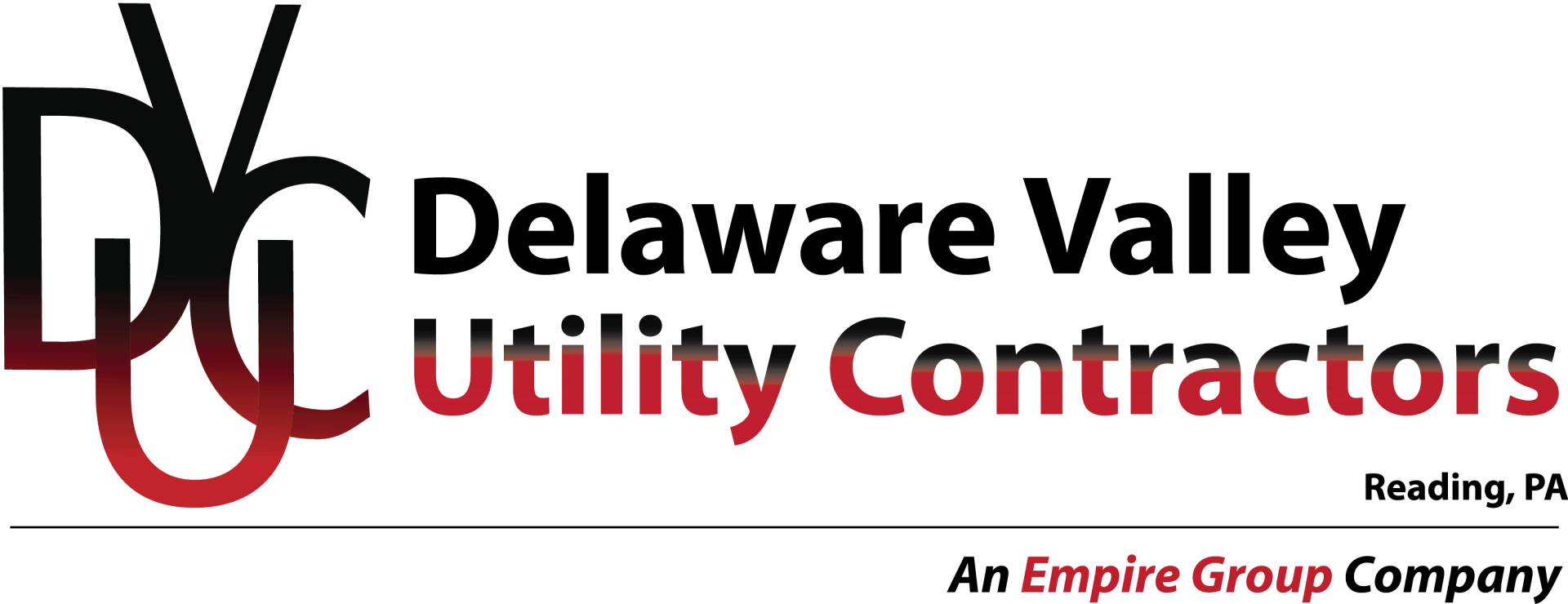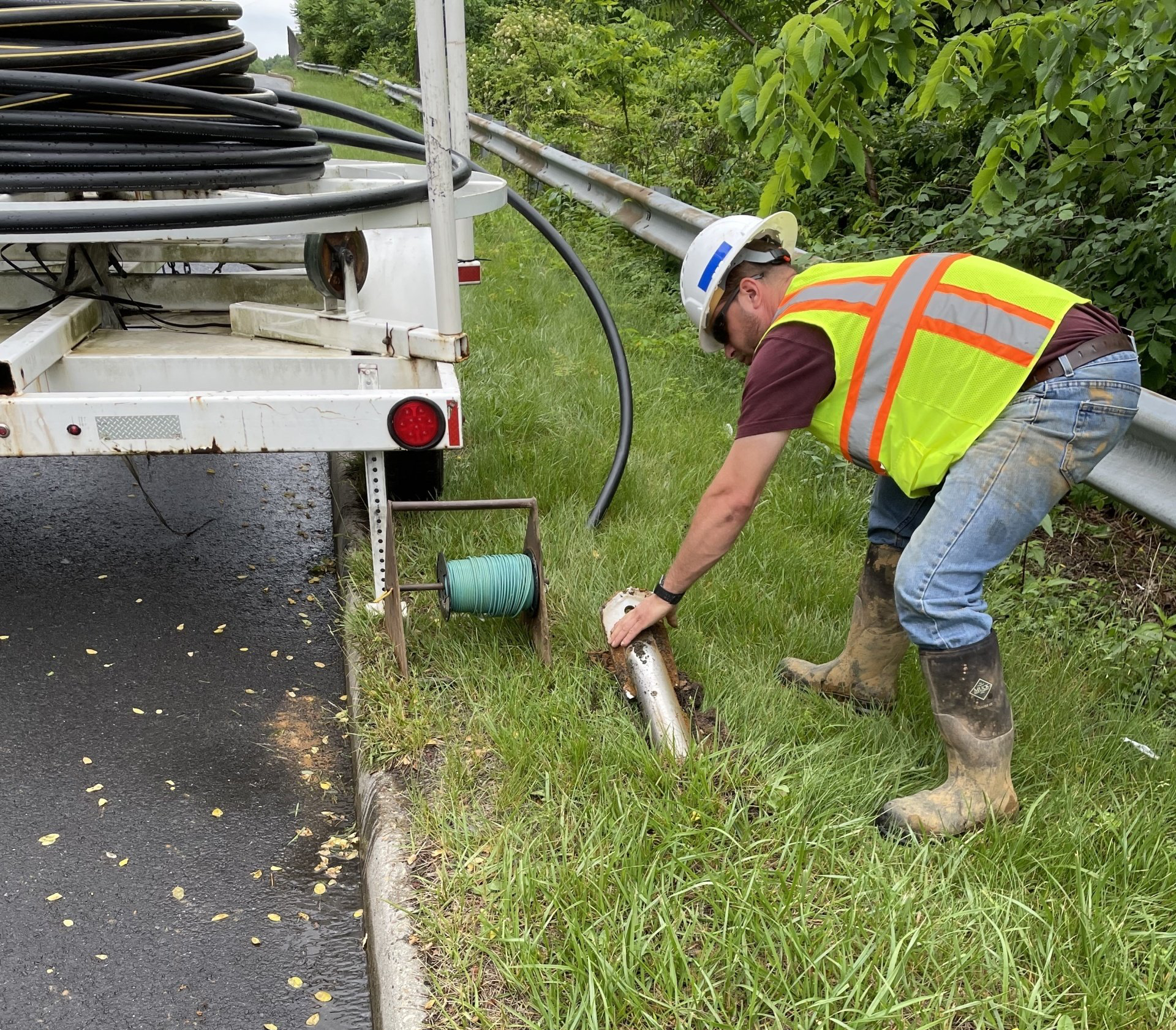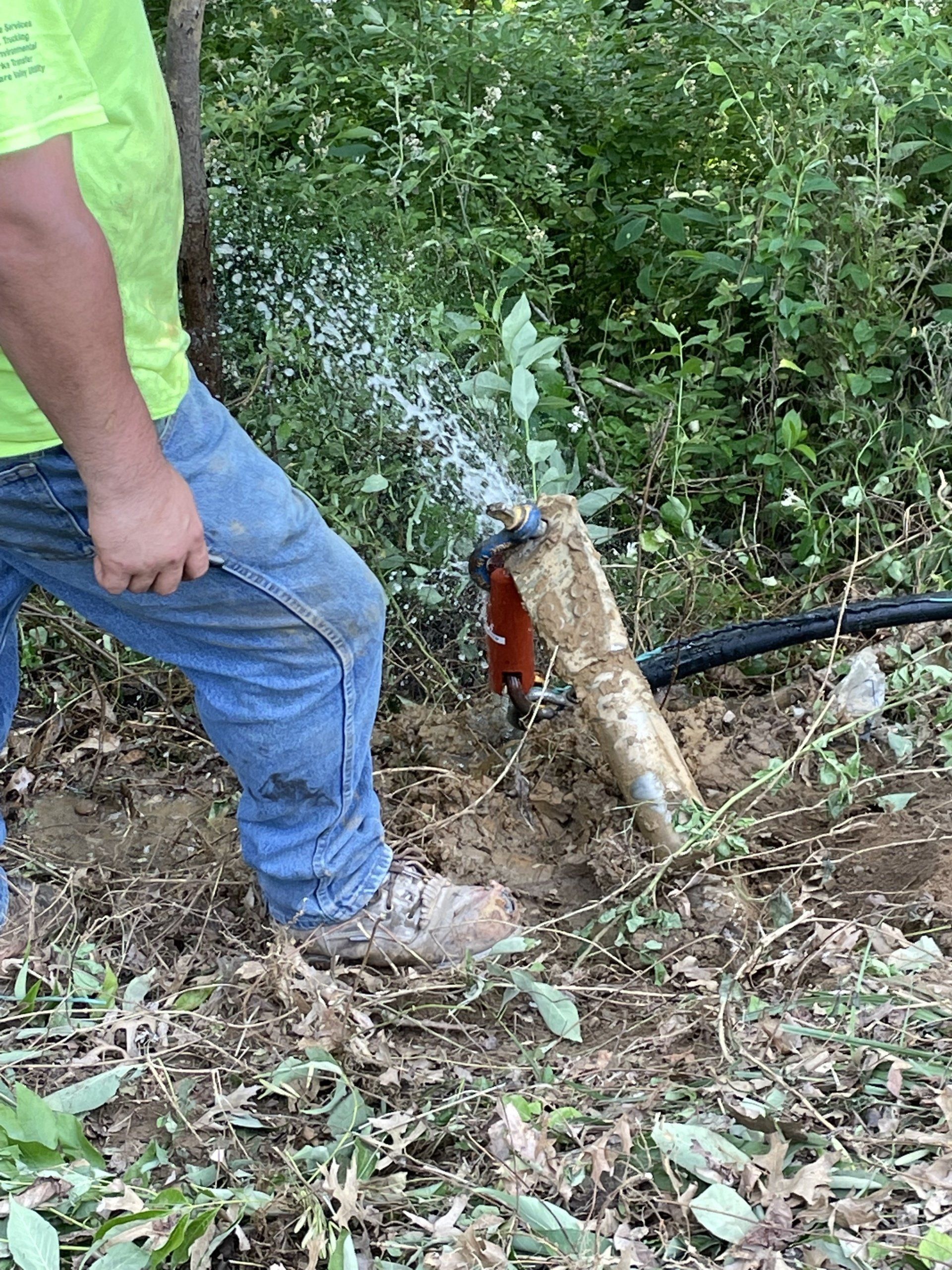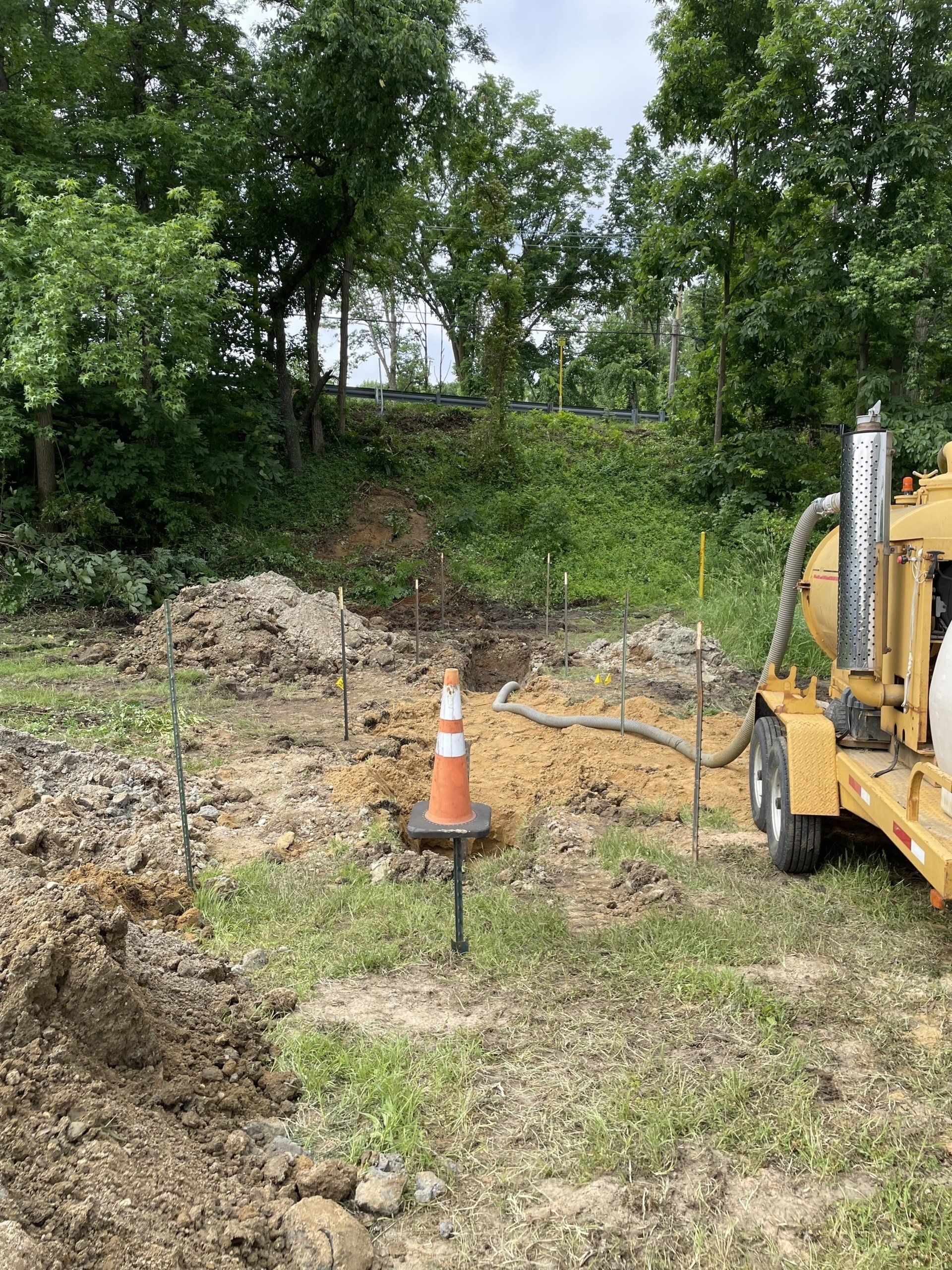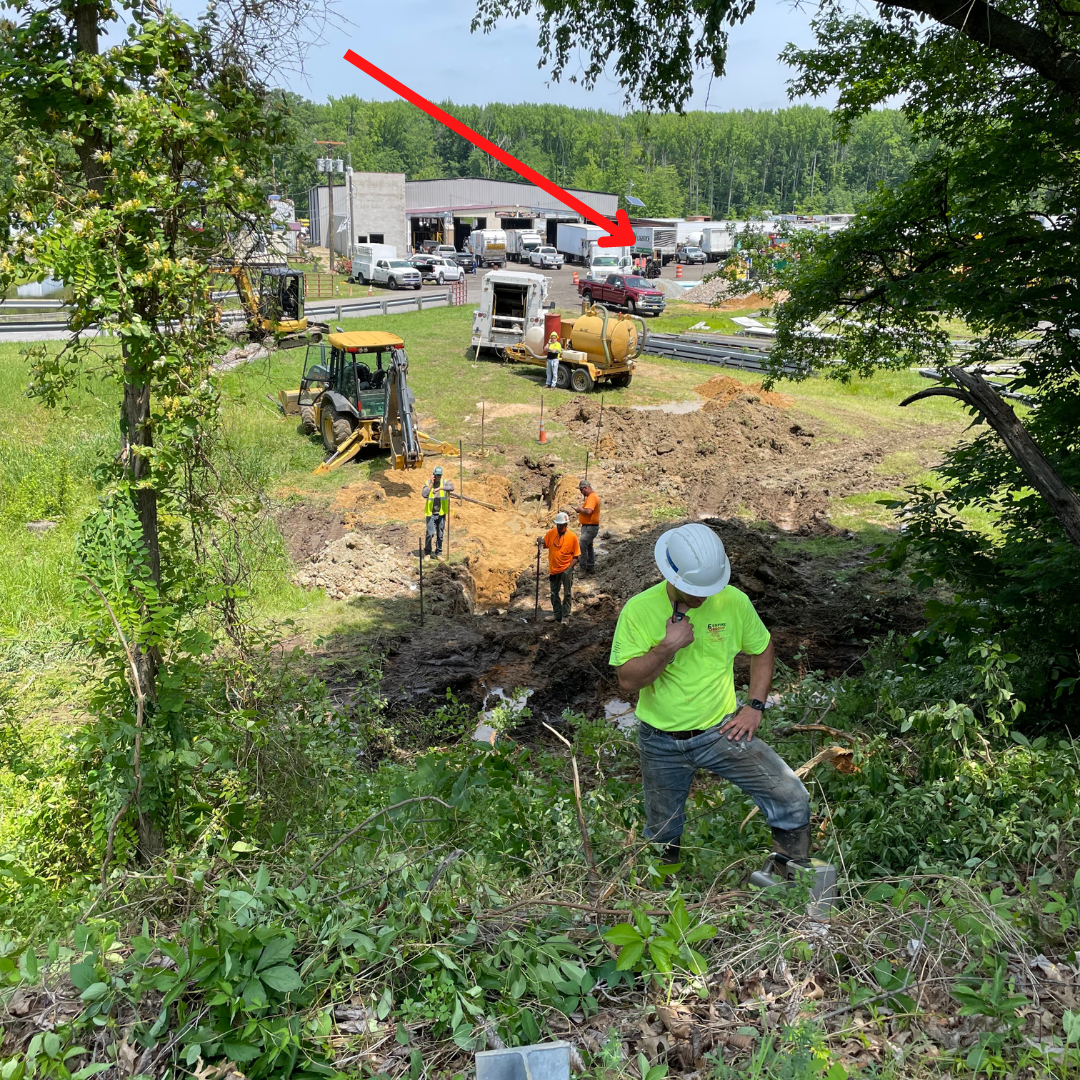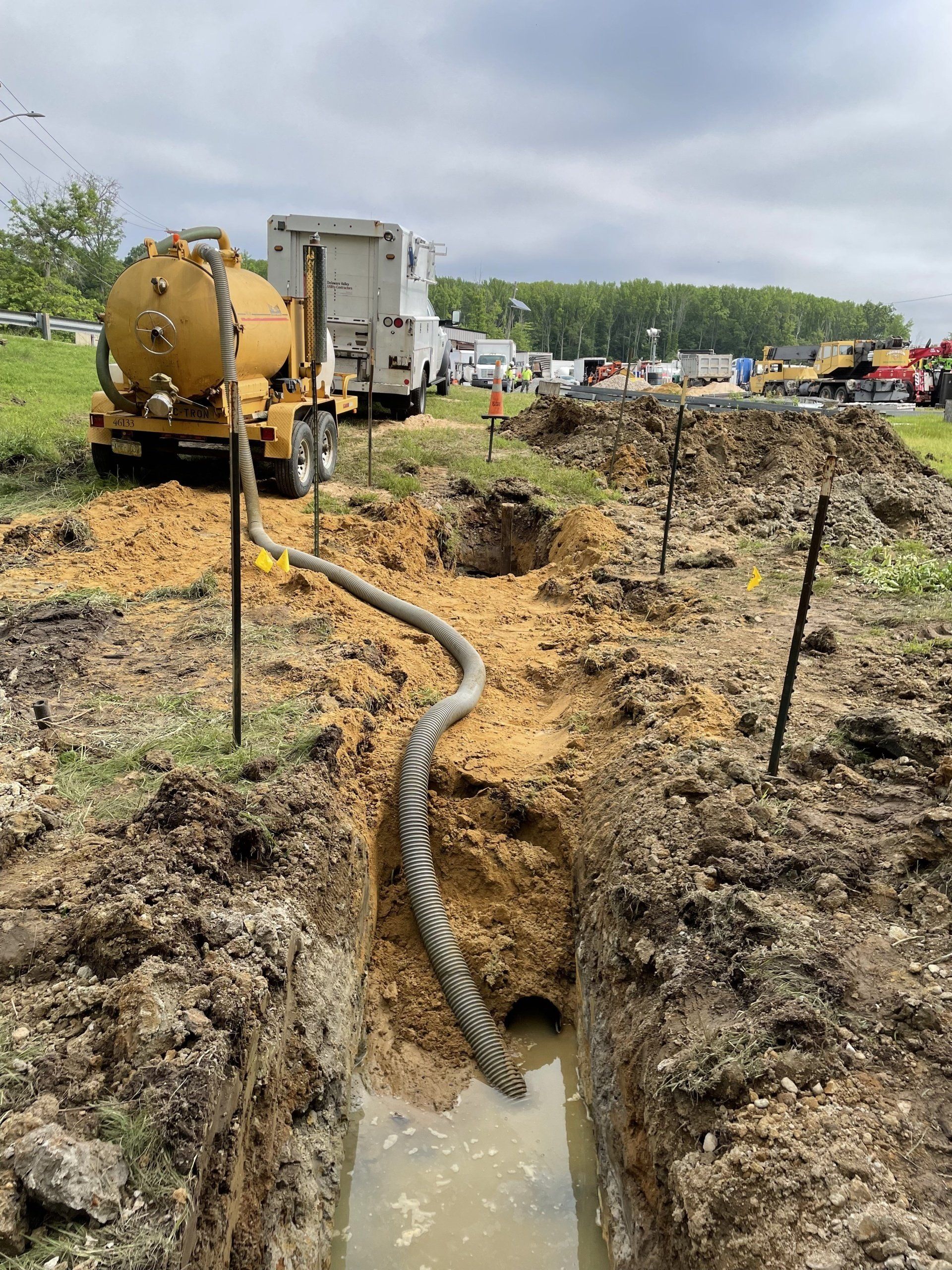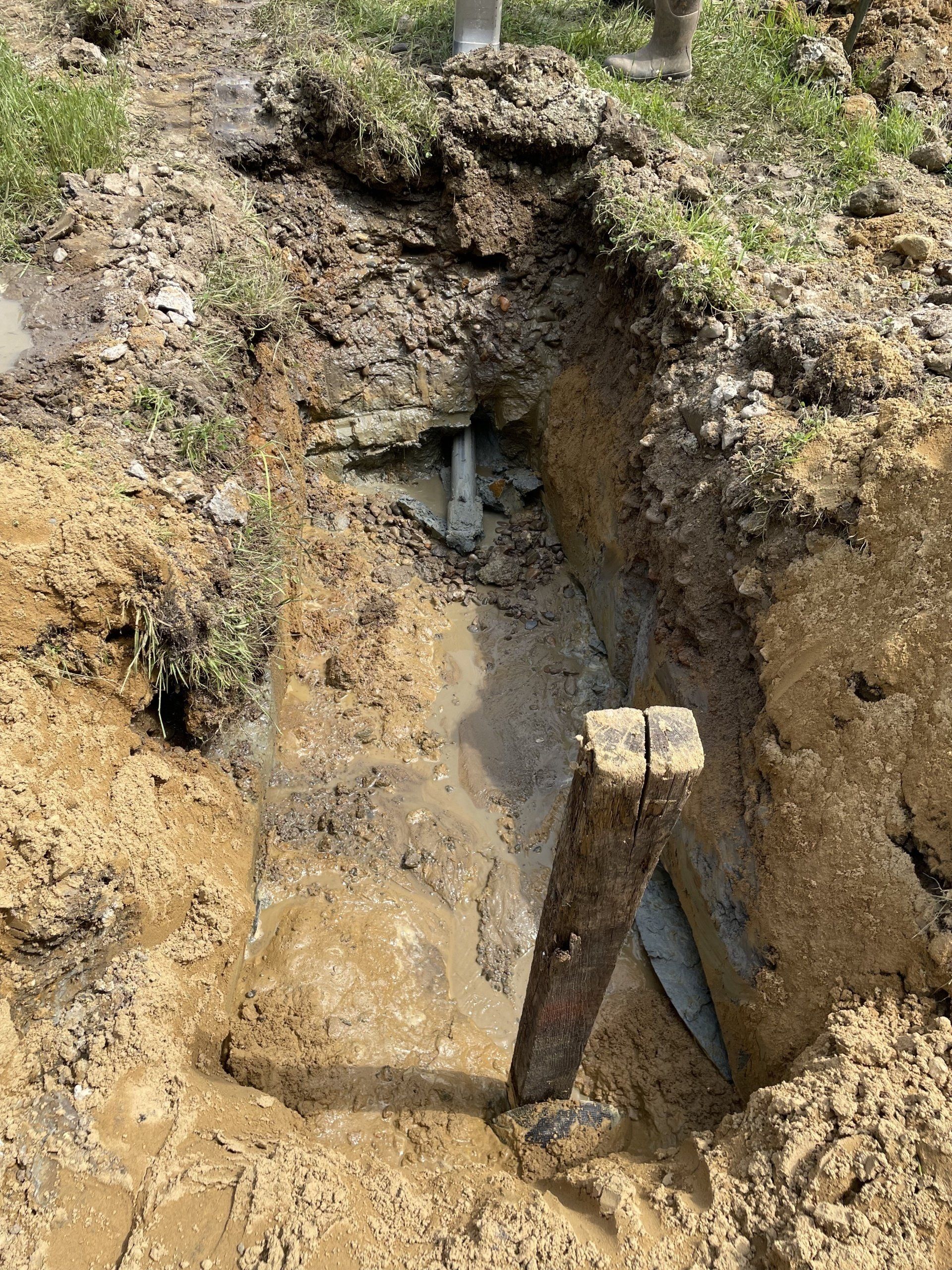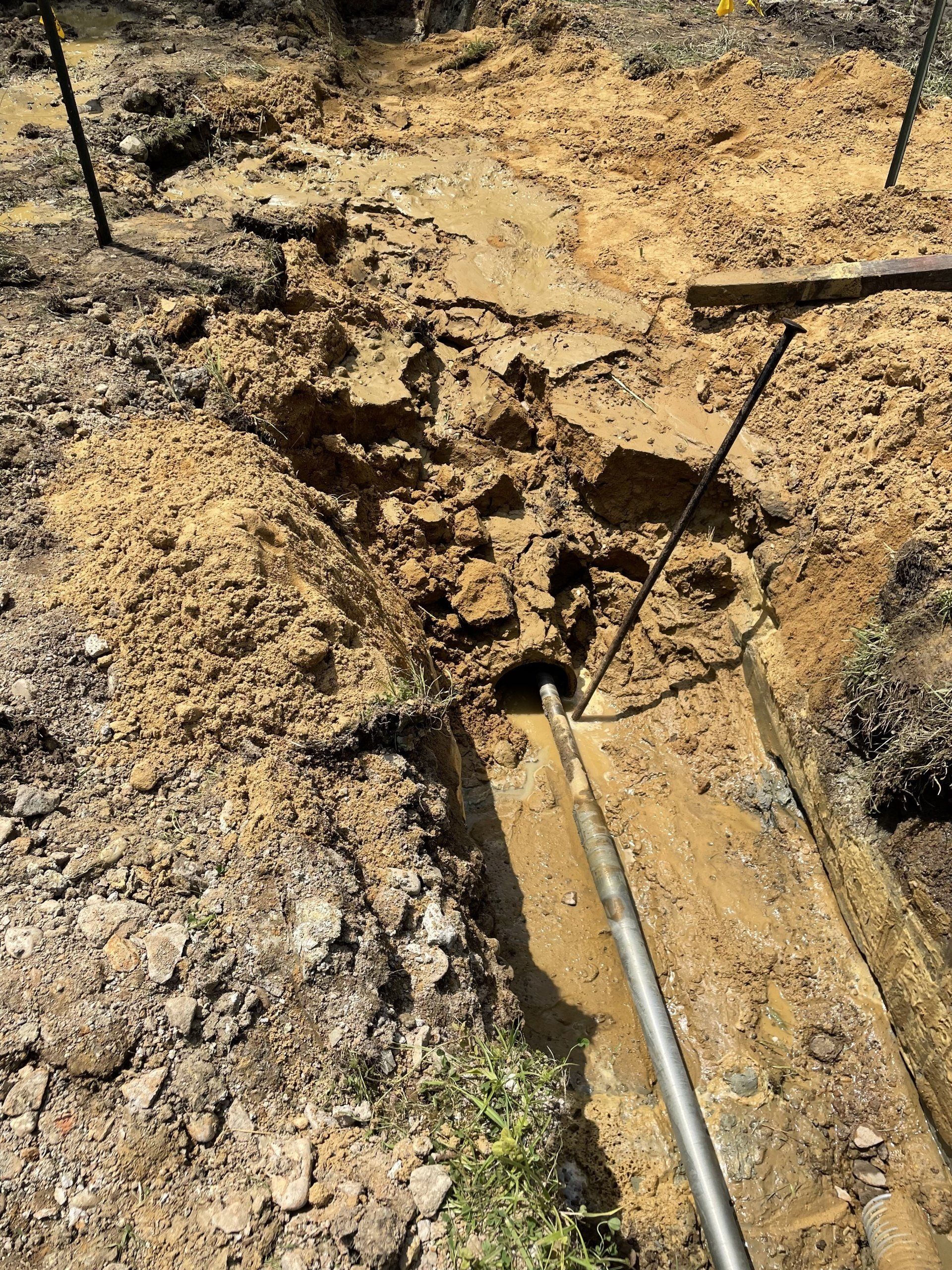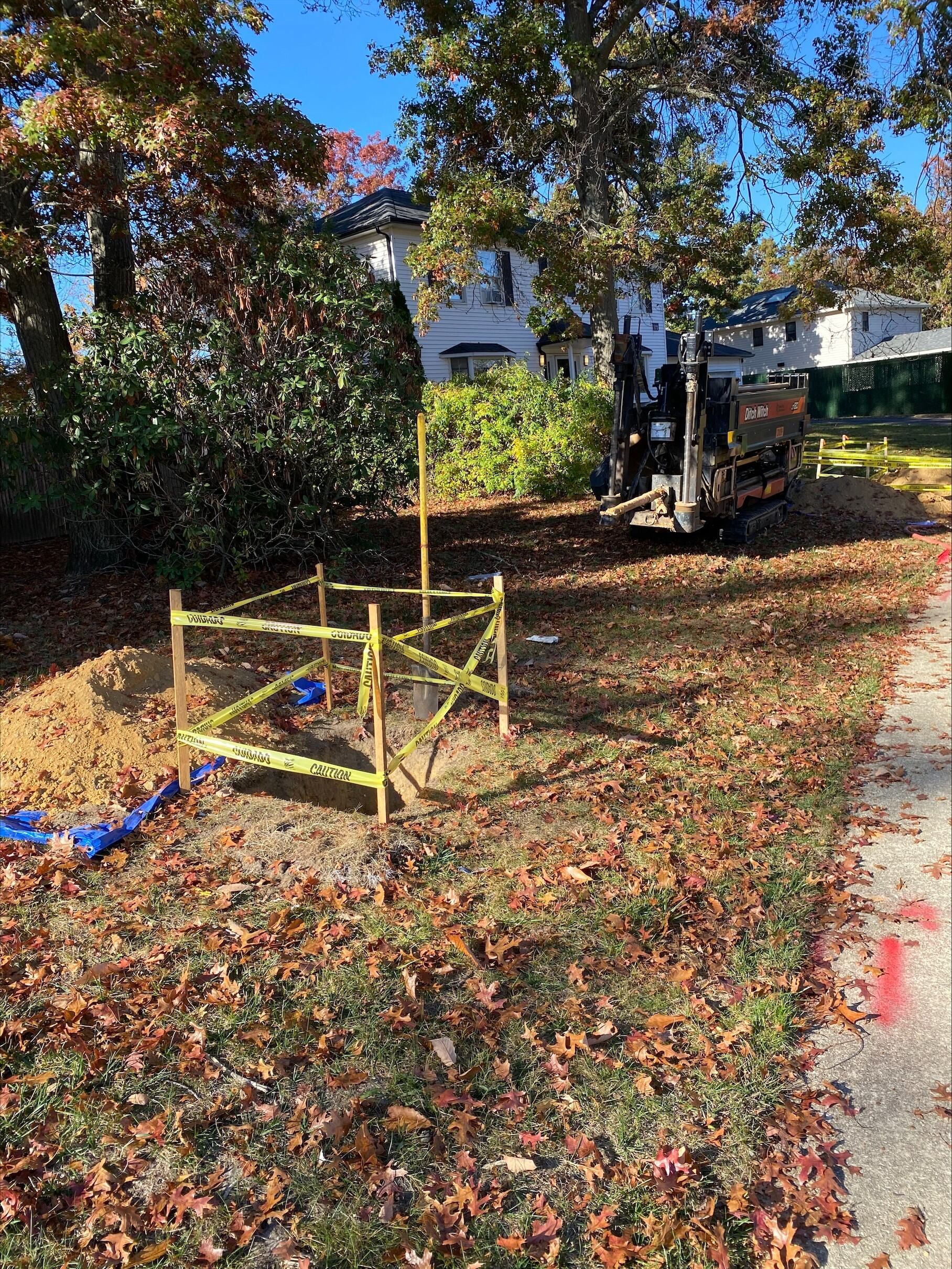By DVUC
•
January 10, 2025
When it comes to installing underground utilities, there’s a more advanced and efficient method that has been gaining traction: boring. Also known as horizontal directional drilling (HDD) or directional boring, this technique is a more advanced method of installing underground utilities. It used for a number of applications, including installing drainage and sewer systems and drilling under sensitive ecosystems, It’s faster, less disruptive, and, in many cases, more cost-effective than traditional methods like trenching. But what exactly is boring, and why has become such a popular choice for utility contractors? What Is Boring? Boring is a specialized method used to install utilities beneath the earth’s surface. Instead of digging up large sections of ground or concrete, like traditional trenching methods, boring uses specialized drilling equipment to create underground pathways. The beauty of boring lies in its precision and efficiency. It’s particularly useful in areas where traditional trenching would be difficult or environmentally damaging. The contractor drills a series of boreholes along a planned route, allowing utility lines to be installed without the need for extensive excavation or surface disruption. However, the first step in the process is to locate existing utilities before the pilot hole is drilled. Next, the reamer is pulled through the hole to widen it out to the correct size. Once completed, the pipe (HDPE pipe) can be pulled through the hole to the end point. After the installation is done, site cleanup and restoration are performed. Advantages of Boring Boring offers distinct benefits that make it an ideal solution for specific projects. Here’s why more utility contractors are choosing boring over conventional methods: 1. Potential for Lower Costs One of the most significant advantages of boring is the potential for cost savings. Traditional trenching often requires demolition of existing structures, such as sidewalks, buildings, and roads. In contrast, boring requires minimal surface disruption, reducing the need for expensive restoration work. By avoiding the need to dig large trenches or destroy existing infrastructure, contractors can keep project costs down, making boring a more budget-friendly option in many cases. 2. Ideal for Complex Properties Properties with complex landscapes, such as steep hills, rocky terrain, or dense vegetation, are perfect candidates for boring. Trenching in these types of environments can be challenging, expensive, and time-consuming. With boring, contractors can drill through obstacles like boulders, hills, and difficult slopes without the need for extensive excavation or time-consuming trenching work. 3. Better for the Environment Another major advantage of boring is its minimal environmental impact. Unlike trenching, which can disturb large sections of land, boring enables utility installation beneath trees, streams, ponds, and wetlands without environmental damage. The technique can also avoid disruption to lawns and gardens, reducing the need for costly surface restoration after the project is completed. 4. Lower Risks Safety is always a top priority in construction, and boring has several inherent safety advantages over traditional trenching. Trenching can pose significant risks, such as cave-ins, flooding, and groundwater contamination. These risks are drastically reduced with boring, which is a safer and more reliable method, especially in specific circumstances. Boring or Horizontal directional drilling is transforming how utilities are installed. With its ability to reduce costs, minimize environmental impact, and offer safer and more efficient solutions in complex environments, it’s no wonder that this method is becoming more popular among utility contractors. So, if you’re planning a utility installation project and need a solution that’s cost-effective, environmentally friendly, and reliable, boring is the perfect choice. At DVUC, we have the experience and equipment to provide quick and efficient boring for a variety of projects. Contact us today learn how we can help make your project run smoothly!


